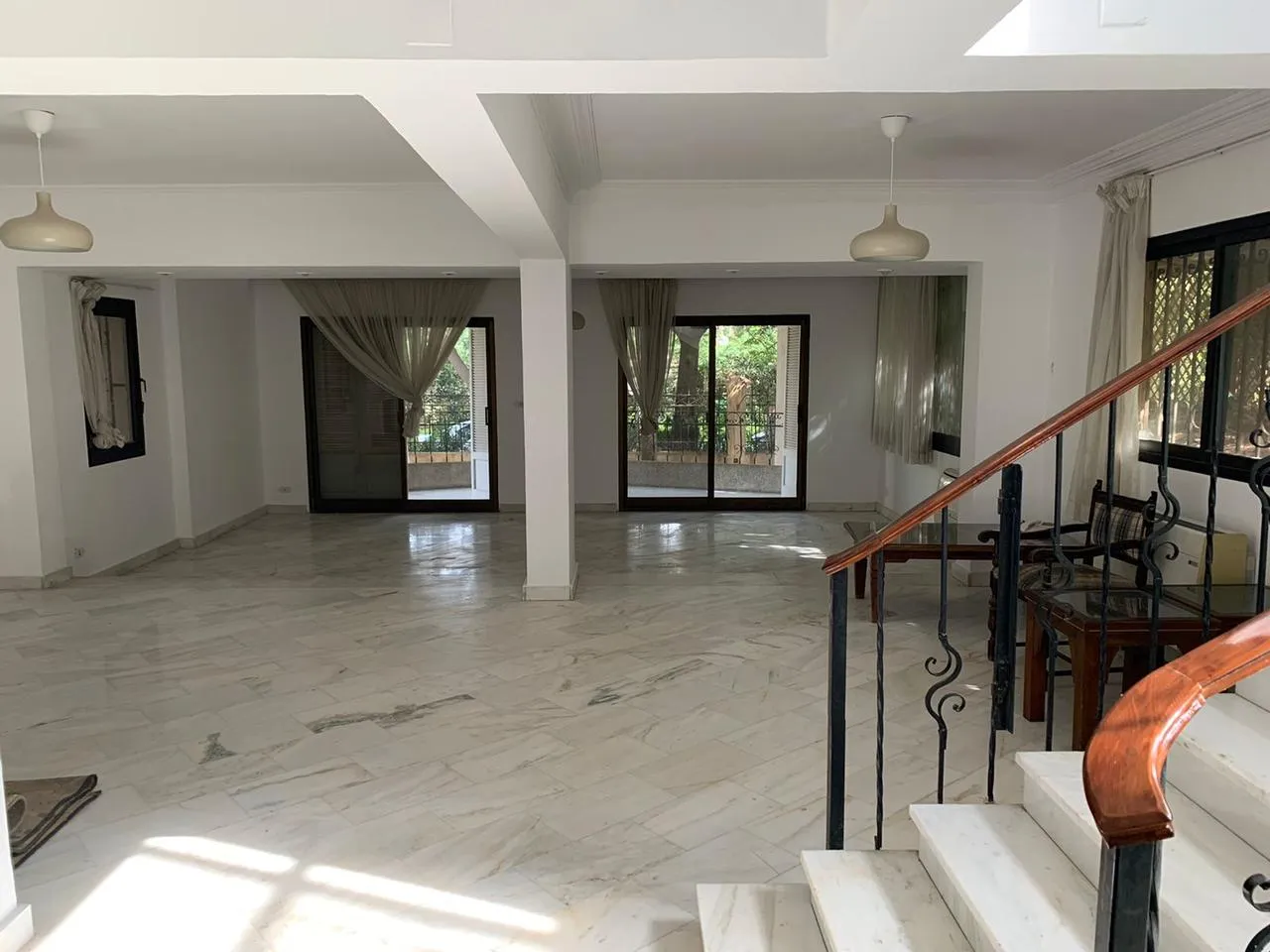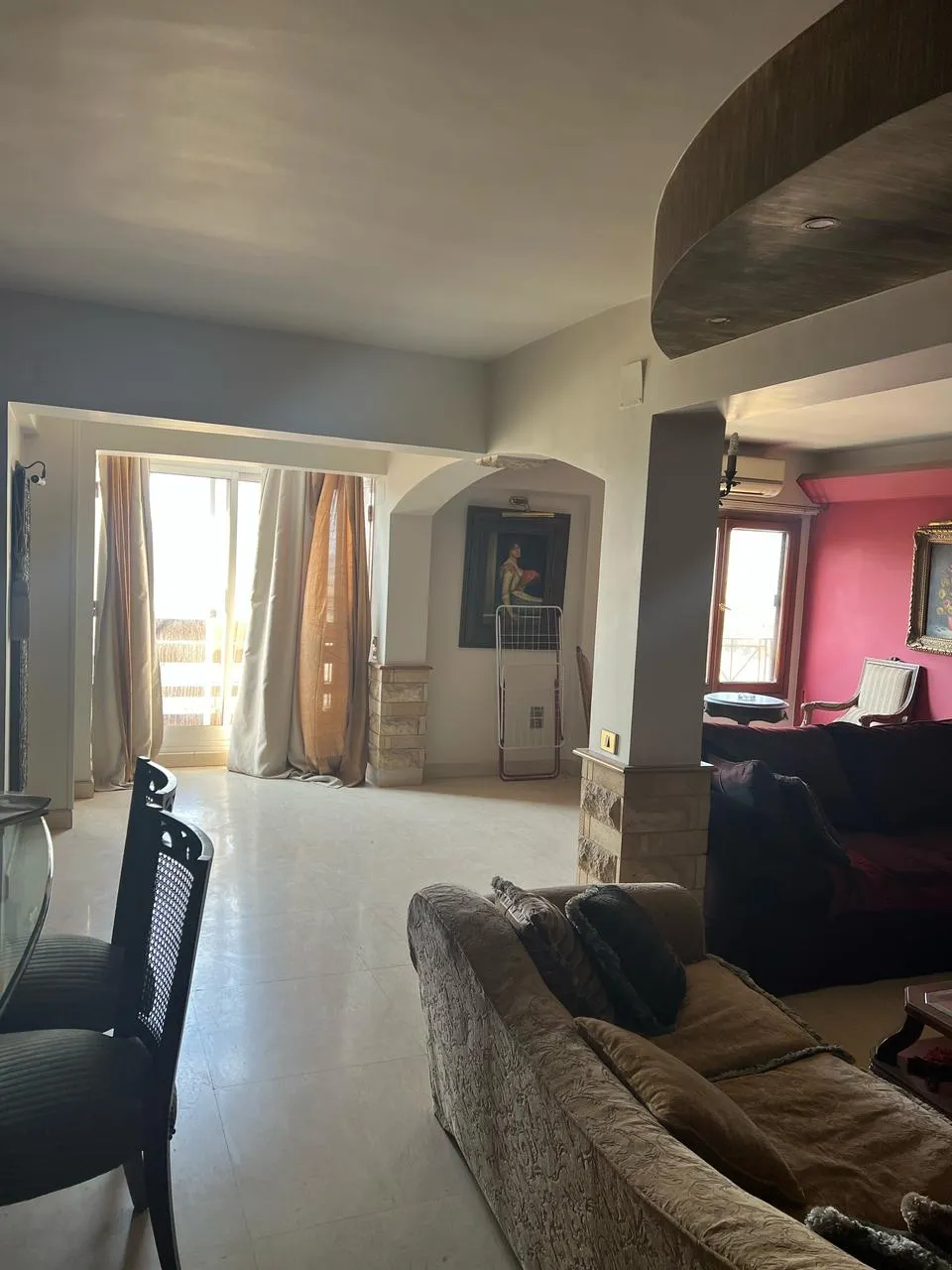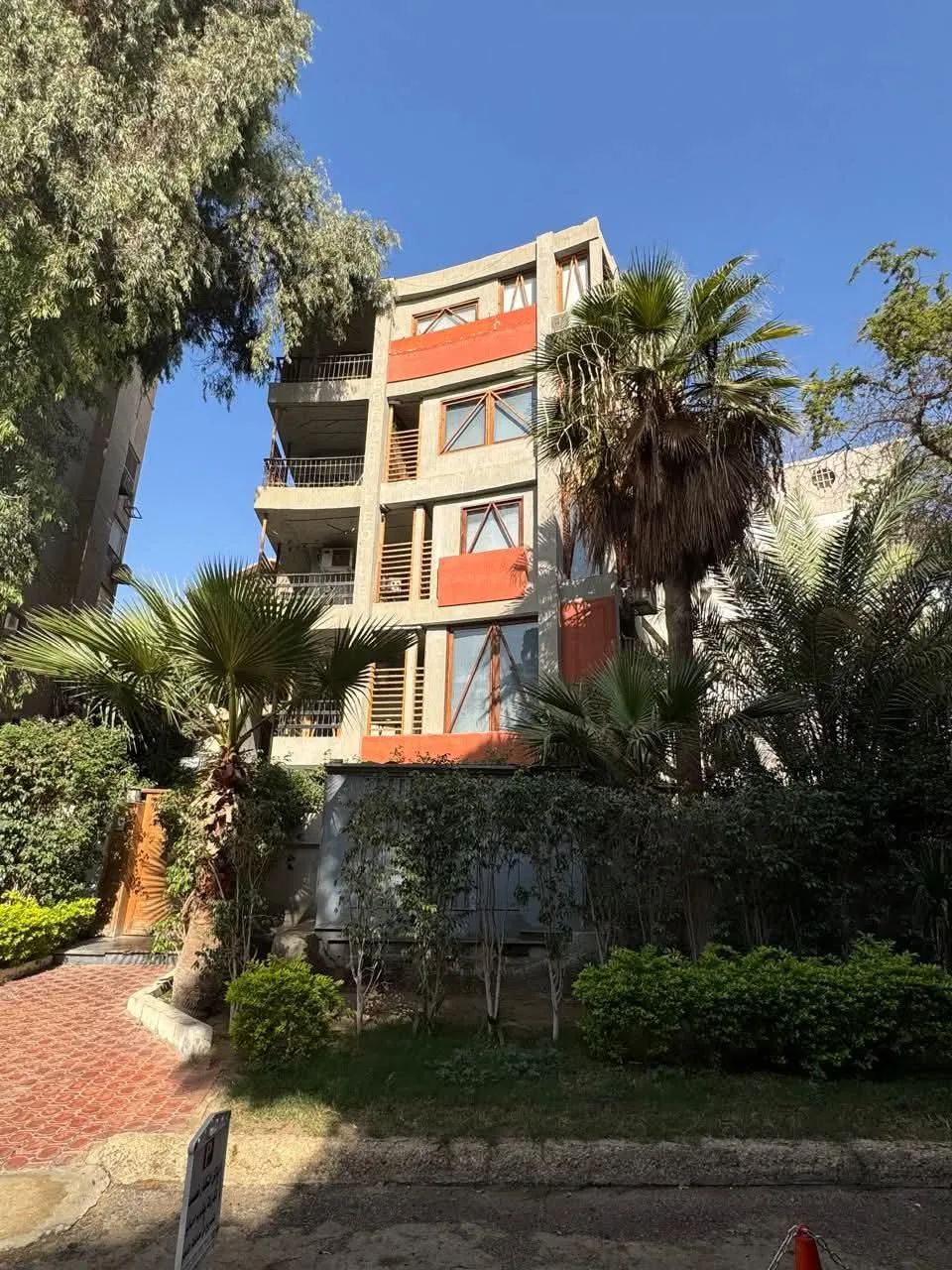Mastering Real Estate: How to Reach the Market Price for your Property
الكاتب
Ali Ashour
الوقت
12 دقيقة
اللغة
الانجليزية
كتبت بتاريخ:
3/29/2024
تم التحديث:
4/15/2024
Mastering Real Estate: How to Reach the Market Price for your Property
Determining the market value is a foundational aspect of the real estate industry, crucial for both sellers aiming for the best price and buyers seeking fair deals on apartments, homes for sale, or rentals. It encompasses a complex interplay of factors including location, amenities, the condition of properties, and the dynamics of the real estate housing market. With insights from real estate agents and appraisers, understanding these components can significantly impact the sale or rental value of real estate properties.

This article ventures into the methodologies utilized in real estate to estimate the market price accurately, such as the Sales Comparison Approach and the Capital Asset Pricing Model. It also explores strategies for enhancing the value of properties for sale or rent. Focused on guiding both seasoned and aspiring real estate agents, brokers, and property owners, the discussion extends to navigating the investment landscape with practical tools for maximizing rental income and optimizing property listings in the competitive real estate market.
Understanding the Sales Comparison Approach (SCA)
The Sales Comparison Approach (SCA) is a pivotal method in real estate valuation, focusing on comparing a property of interest with similar properties recently sold in the area. This approach takes into account various factors to ensure a comprehensive evaluation. Here’s a breakdown of the key elements considered in SCA:
- Location and Neighborhood: Proximity to desirable amenities like schools, parks, and shopping centers can significantly influence property value. Additionally, factors such as pollution levels and proximity to highways or overpasses are taken into consideration.
- Property Features: The number of bedrooms, bathrooms, garage spaces, and the overall condition of the property play a crucial role. Square footage and lot size are also compared.
- Market Conditions: The current state of the real estate market impacts valuation. A buyer’s market may drive prices down, while a seller’s market can lead to higher asking prices due to decreased supply.
To effectively apply the Sales Comparison Approach, follow these steps:
- Identify Comparable Sales: Select at least three properties that have recently sold and share key characteristics with the subject property. Sources for finding comparable sales include real estate agents, local newspapers, and online real estate listings.
- Adjustment Process: Adjust the sale prices of the comparable properties to account for differences. This includes adding value for features that the comparables lack or subtracting value for features that the subject property lacks. Adjustments are made based on:
- Construction Time: Age and the period it was built.
- Amenities: Presence of additional features like a swimming pool or a large garden.
- Size and Condition: Differences in lot size and the condition of the property.
- Analyze Adjusted Prices: After adjustments, the prices of the comparables provide a range within which the subject property’s market value can be estimated. The adjusted sale prices offer a clearer picture of what the market is willing to pay for properties with similar characteristics.
Utilizing the Sales Comparison Approach provides a solid foundation for determining a property’s market value. By meticulously comparing and adjusting based on the factors mentioned, real estate professionals can establish a competitive and fair market price for properties, whether for sale or rent. This method is instrumental for real estate agents, brokers, and property owners in navigating the real estate market, ensuring that listing prices are aligned with current market conditions and property specifics.
Navigating the Capital Asset Pricing Model (CAPM)
The Capital Asset Pricing Model (CAPM) is a sophisticated tool used in the real estate sector to navigate the complexities of property valuation, especially for industrial or commercial properties. This model provides a framework for understanding the relationship between the risk of an investment and its expected return, crucial for determining a property's market price. Here's a breakdown of how CAPM functions in real estate valuation:
- Basic Principles of CAPM:
- Risk-Free Rate: Typically represented by the Treasury bill rate, serving as the baseline for expected returns.
- Beta: Measures the volatility or risk of the property investment relative to the market. A higher beta indicates greater risk.
- Equity Risk Premium: The expected market return minus the risk-free rate, accounting for the additional risk of investing in the market over a risk-free asset.
- Application in Real Estate:
- Estimating Cost of Equity: CAPM is used to estimate the cost of equity capital, which is crucial for discounting future cash flows to their present value. This aids in accurately valuing properties based on projected income streams.
- Adjustment for Real Estate Specifics: While CAPM is widely used, it's less suitable for properties not yet in place as of the valuation date. Adjustments and alternative models like the build-up model or the Duff & Phelps LLC Risk Premium Report Model may be employed for a more tailored analysis.
- Challenges and Alternatives:
- CAPM's reliance on a linear interpretation of risk versus return and its assumption of market efficiency have been criticized. The model's applicability can be limited by its inability to adjust for pre-tax net income or other income measures beyond net cash flow available to equity investors.
- Alternative Models: For real estate valuation, especially operating properties, methods like the cost approach, yield capitalization with no assumed future growth, and direct capitalization can provide more practical insights. These methods may sidestep some of CAPM's conceptual challenges.
In summary, while CAPM offers a theoretical foundation for asset pricing, including real estate, its application must be nuanced, recognizing the unique aspects of real estate investments. Alternatives and adjustments to the model ensure that property valuations remain reflective of real-world complexities and market conditions.
Utilizing the Income Approach for Investment Properties
Real estate market analysis and property appraisal, though distinct, are both fundamental in determining the estimated value of an income property. The Income Approach stands out as a method mainly utilized for appraising real estate based on potential income. This approach calculates the property's value by dividing the net operating income (NOI) by the capitalization rate. Predominantly applied to income-producing properties, it's one of three popular methods for real estate appraisal. For investors eyeing rental properties, factors such as property condition, operational efficiency, and potential vacancies are critical to consider. It's noteworthy that the cap rate and estimated value share an inverse relationship; a lower cap rate implies a higher estimated value. This method mirrors the discounted cash flow (DCF) in finance, discounting the future value of rents by the capitalization rate.

The process of applying the Income Approach involves several critical steps:
- Estimating Gross Income: This includes all potential income from the property, considering factors like occupancy rates and market rent trends.
- Processing the Income Stream: Deducting expenses such as maintenance, management fees, and vacancies from the gross income to arrive at the net operating income (NOI).
- Selecting the Appropriate Capitalization Method: The two primary methods are:
- Direct Capitalization Method: Values the property based on income produced within a one-year horizon.
- Yield Capitalization Method: A more long-term approach, accounting for market fluctuations that can affect rent prices, vacancy rates, and more.
- Applying the Appropriate Capitalization Rate: The chosen rate is applied to the income to be capitalized, converting future benefits to present value.
The Income Approach is underpinned by three main assumptions:
- Investors buy properties for the income or benefits they generate.
- The anticipated income stream's quantity, duration, and quality are estimated by investors.
- A dollar today holds more value than a dollar received in the future.
This method is considered the most complex among the three appraisal approaches due to its focus on the income-producing potential of a property. It's based on the principle that an investment property's value reflects the quality and quantity of the income it is expected to generate throughout its lifespan. The formula for determining a property's market value using the Income Approach is: Market Value = Net Operating Income (NOI) ÷ Market Capitalization Rate. This approach treats the NOI of a property as a perpetuity, a constant stream of cash flows discounted using an appropriate rate of return based on the market. It takes into account factors influencing investor behavior, such as risk, liquidity, investment size, leverage, and potential for appreciation, making it a vital tool for those purchasing properties primarily for their income-producing capabilities.
Applying the Cost Approach

The Cost Approach in real estate valuation serves as a crucial method, especially for properties that are unique or do not have many comparables. This approach estimates a property's value by considering what it would cost to build a similar property from scratch today, adding the land value, and then subtracting any depreciation. Here's how it breaks down:
- Calculation Formula:
- Value = Land Value + (Cost New - Depreciation)
- Where "Cost New" could be either the replacement cost new or reproduction cost new.
- "Depreciation" accounts for the reduction in value due to physical wear and tear, outdated features (functional obsolescence), or negative external factors (external obsolescence).
- Cost Estimation Methods:
- Comparative Unit Method: Estimates cost based on the construction cost per unit of measure (e.g., cost per square foot).
- Cost Segregation Method: Breaks down the property into components and estimates the cost of each.
- Unit-in-Place Method: Estimates the cost of installed systems (e.g., plumbing, electrical).
- Quantity Survey Method: A detailed method that estimates the cost of all materials, labor, and overhead.
- Depreciation Methods:
- Age-Life Method: Assumes depreciation occurs evenly over the property's useful life.
- Breakdown Method: Separates depreciation into physical, functional, and external categories.
- Market Extraction Method: Determines depreciation by comparing the cost of new properties to older properties in the market.
The Cost Approach shines in scenarios where properties are not easily comparable to others, such as for exclusive-use buildings (churches, schools) or properties with unique features. It's particularly relevant for new construction, where depreciation might be minimal. However, it's less commonly used for residential appraisals due to the availability of comparable market data. This method assumes that a rational buyer would not pay more for an existing property than the cost to construct a similar property, making it a logical approach in certain real estate valuation scenarios.
Enhancing Property Value for Sale or Rent
Enhancing the value of your property, whether for sale or rent, involves strategic improvements and updates that appeal to potential buyers or renters. Here's a guide to making your property stand out in the real estate market:
Quick Wins for Property Value Enhancement

- Declutter and Clean: A clutter-free and clean property appears larger and more inviting. Consider hiring a professional cleaning service for a thorough clean.
- Paint: Refresh interior and exterior walls with neutral colors to make spaces feel brighter and bigger.
- Energy Efficiency: Install a smart thermostat, LED lighting, and efficient appliances to attract energy-conscious buyers or renters.
- Curb Appeal: Improve the property’s first impression with upgraded landscaping, a new front door, and a well-maintained lawn.
High-ROI Improvements
- Kitchen and Bathroom Updates:
- Minor remodels can yield up to 80% ROI. Consider new fixtures, lighting, and flooring.
- Adding or updating a bathroom can significantly increase a property's value.
- Add Usable Square Footage: Finished basements, additional rooms, or decks expand living space and appeal.
- Flooring: Installing hardwood floors can offer a 70-80% ROI and increase the property's overall value by 2.5%.
Smart Home and Safety Enhancements
- Smart Gadgets: Install smart thermostats, fire detectors, security cameras, and door locks for a modern, safe living environment.
- Maintenance and Repairs: Regularly inspect and fix issues with the roof, foundation, and major components like the furnace and water heater to ensure functionality and safety.
- Professional Consultation: Invite a realtor or interior designer to suggest improvements tailored to your local market.
By focusing on these strategic enhancements, property owners can significantly increase the appeal and value of their real estate, making it more attractive to potential buyers or renters in a competitive market.
Conclusion
Through an exploration of various valuation and enhancement strategies, this article has provided property owners, real estate agents, and brokers a comprehensive guide to accurately determining and increasing the market price of properties. Utilizing approaches such as the Sales Comparison Approach, Capital Asset Pricing Model, Income, and Cost Approach, stakeholders can navigate the intricate dynamics of the real estate market with greater confidence and precision. Additionally, actionable insights into property value enhancement, from quick wins to high-ROI improvements, equip readers with the knowledge to make their properties stand out competitively, whether for sale or rent.
The cumulative insights offered underscore the multifaceted nature of real estate valuation and the significant impact of strategic property enhancements on market price. As the real estate market continues to evolve, embracing these methodologies and improvement tactics will not only ensure properties are accurately priced but also maximize their potential in a competitive landscape. For those looking to delve deeper into the realm of real estate, this guide serves as a solid foundation, encouraging further exploration and application of these principles to achieve success in the dynamic world of property sales and management.






